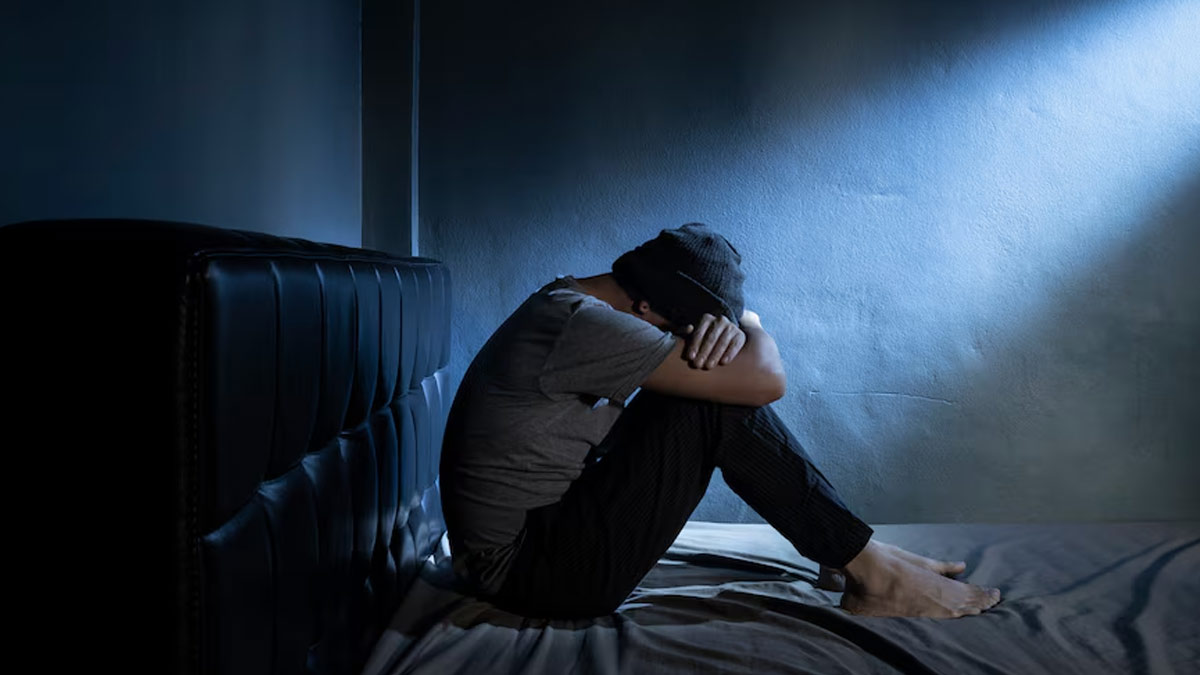
According to a recent study, researchers have found six different types of depression using brain scans. This discovery could lead to better treatments for people struggling with this serious mood disorder. Functional MRI (fMRI) scans could potentially distinguish six types of depression and indicate which treatments are more or less effective for three of those subtypes.
Table of Content:-
This groundbreaking discovery categorises depression into six biological subtypes known as 'biotypes.' The study led by researchers at Stanford Medicine in California published in the journal Nature Medicine demonstrates that brain imaging combined with machine learning can unveil these subtypes of depression and anxiety.
Research Methodology

The study involved 801 participants who had previously been diagnosed with depression or anxiety. Researchers utilised fMRI to assess brain activity during both rest and task engagement, analysing cognitive and emotional functions.
Using machine learning techniques, such as cluster analysis, the researchers employed brain images of patients to identify six distinct patterns of activity within the examined brain regions.
Additionally, 250 individuals were randomly assigned to one of three widely-used antidepressant medications or to receive behavioural counselling therapy.
Also Read: Mental Health Matters: Expert Explains The Link Between Depression And Increased Body Weight
Key Findings
Patients with one subtype, characterised by overactivity in cognitive brain regions, responded best to the antidepressant venlafaxine (Effexor) compared to other biotypes.
Another subtype, characterised by higher resting activity in three brain regions linked to depression and problem-solving, showed greater symptom improvement with behavioural talk therapy.
Individuals with a third subtype, showing lower resting activity in the brain circuit controlling attention, were less likely to experience symptom improvement with talk therapy compared to other biotypes.
Clinical Implications
Researchers found that the distinct biotypes of depression also corresponded with variations in symptoms among participants. For instance, individuals exhibiting heightened activity in cognitive brain regions were more prone to experiencing anhedonia (inability to feel pleasure) and demonstrated poorer performance in tasks requiring organisation.
Senior researcher Dr Leanne Williams, who directs Stanford Medicine's Center for Precision Mental Health and Wellness, noted that it is the first time they have demonstrated that depression can be attributed to various dysfunctions in brain function.
According to a 2020 review, approximately 30% of individuals diagnosed with major depressive disorder do not achieve sufficient response to treatment. The authors of the review also highlighted previous findings indicating that only 67% of individuals achieved remission after undergoing four antidepressant trials, and up to 20% experienced depressive symptoms persisting for two years or more.
Also Read: Mental Health Matters: Expert Explains Role Of Mood Stabilisers For Bipolar Depression
Therapeutic Strategies

The researchers proposed that the therapy used in the trial aimed to teach participants skills for managing daily challenges, suggesting that the increased activity in these brain regions could aid in the development of these new skills. Also, the authors suggested that individuals with lower activity in the attention-related region might benefit from antidepressants to boost activity before starting talk therapy.
Bottomline
This study introduces a novel methodological advancement in biotyping depression, highlighting the potential of integrating task-evoked and task-free measures to enhance diagnostic accuracy and treatment selection in psychiatry.
[Disclaimer: This article contains information provided by an expert and is for informational purposes only. Hence, we advise you to consult your own professional if you are dealing with any health issues to avoid complications.]
Also watch this video
Read Next
Denmark Recalls Samyang's Fiery Instant Noodles Over Health Concerns: Here’s What You Need To Know
How we keep this article up to date:
We work with experts and keep a close eye on the latest in health and wellness. Whenever there is a new research or helpful information, we update our articles with accurate and useful advice.
Current Version